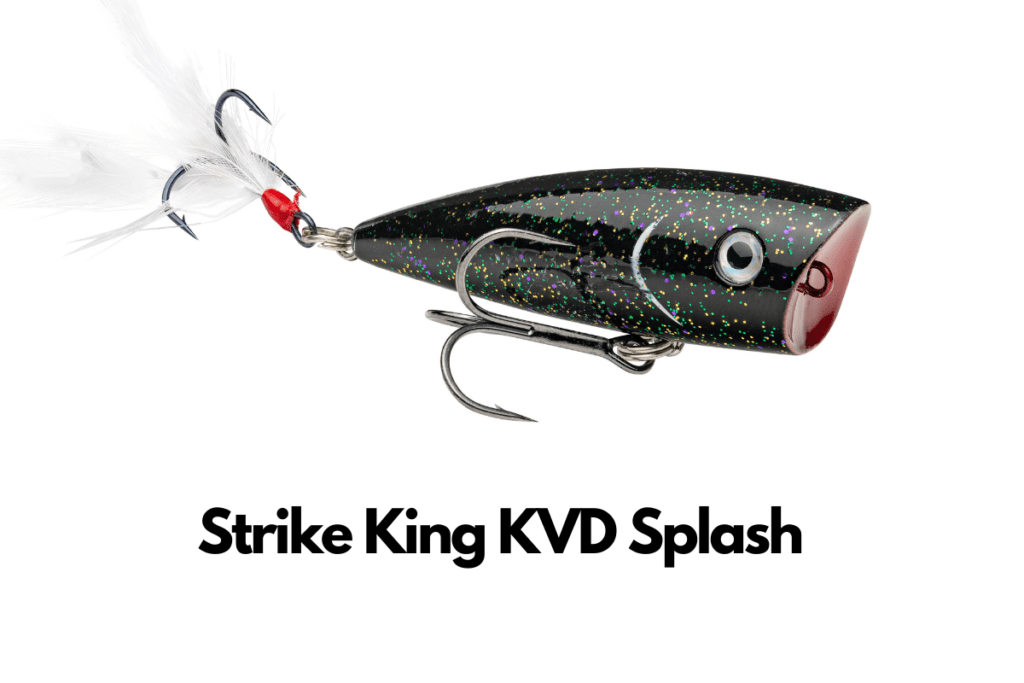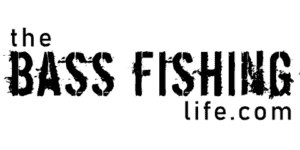There are thousands of colors and thousands of lures in the bass fishing world. Narrowing down the selection can seem overwhelming, especially when every angler you talk to has his or her favorites. Choosing the best color for a topwater lure is no different.
When choosing a color for a topwater lure it is important to remember that bass will be looking up at the bait. Selecting a lure with a solid white belly is always a good starting point. Matching the rest of the lure body pattern to the primary forage species is a winning combination.
Sticking to these four color combinations, based on forage and conditions, will give your topwater fishing a boost. This strategy applies to every topwater from poppers to walking baits and hollow-body frogs.
The Factors to Consider When Choosing Topwater Lures
There are a three key factors to take into consideration when deciding which of these four colors to start with.
Forage
What is the primary forage in the water you are fishing?
Are there shad in the lake or river? Is the main dinner option for bass going to be sunfish? What about minnows?
All of these questions are easily answered when fishing your home waters. The lake I fish 90% of the time is void of shad. But it is overrun with bluegills.
The Sky
As anglers, we spend our lives looking down into the water. Bass do the opposite. Their eyes are built to see better looking up than down.
When filming underwater, it is always interesting to look back through the surface of the lake or river with the camera.
A bright sky causes a silhouette effect on anything between the camera and the surface. A cloudy sky allows for more detail in color and pattern.
It is easier for bass to pick out details of a topwater on cloudy days and they are more likely to notice just profile in sunny conditions – this is especially true in water with stain to it. The intensity of the sunshine plays a major role in my selection of topwater lures.
Water Clarity
As a general guideline, the dirtier the water the more solid the color pattern. When fishing in water with good visibility, selecting lures that more closely resemble the baitfish is important.
If the topwater has moments when it sits still, like a popper, the more likely I am to match the color patterns as close as I can.

Color #1 – Solid White
White is always a good starting point.
The bellies of most fish are white. If the water you are fishing is full of shad, minnows, alewives, or other traditional “baitfish” then you can be confident that what the bass are looking up at will appear natural.
Baits with solid profiles also offer the bass a better chance to distinguish it from its surroundings.
Solid white topwaters can be found in the boxes of professional anglers from coast-to-coast. Why? They work.

Color #2 – Chrome
On sunny days in crystal clear water, a chrome topwater is probably going to be the lure that I tie on first.
If you have ever watched shad and minnows swimming in clear water with intense sunlight, they will sparkle and reflect light when they dart around.
A chrome topwater will do the same thing.
It is amazing how far away I have drawn strikes in clear water with a chrome topwater. The bass will come shooting out of cover or from the depths to obliterate the lure.
The flash of a chrome lure has worked well on other baits for decades on sunny days. The same principle applies to topwater baits as well – especially in clear water.

Color #3 – Solid Black
Using a solid black lure tends to go against our instincts as anglers. What baitfish are solid black? Right?
The reason for this color choice goes back to the bass seeing silhouettes.
When the water clarity is stained or dirty, or you are fishing in very low-light conditions, black is a topwater color that will get it done. I will even choose a black topwater lure on bright sunny days when fishing water with some stain to it.
The bass will key in on shapes, or profiles, in these types of conditions.
A black-blue jig has been the standard choice for anglers when fishing water with color to it. Both black and blue are colors within the color spectrum of bass that they can distinguish well.
A black topwater will take advantage of this and give our favorite predators a chance to zero in on that lure gurgling across the surface.

Color #4 – Something With a Yellow/Chartreuse Belly
There are multiple options here for anglers and once again I use the forage in the body of water to narrow down the final selection.
If you are fishing in the northern portion of the country with a lot of yellow perch, I will choose a topwater that has the same pattern – and it has a yellow belly.
Bluegill patterns are great in lakes and rivers that are loaded with this common sunfish. Lures with this coloration will have yellow in the belly as well.
Solid chartreuse is also an option. This is especially true if I am fishing primarily smallmouth waters or an area that is loaded with frogs.
Smallmouth tend to hate the color chartreuse and frogs often have a yellow tinge to their underbellies. If I hear a lot of frogs while fishing, this may be the first topwater color out of the box.

How to Tell if the Color of Your Topwater is the Right One
This is a great question.
In general, I will switch to another color if the strikes I get are less than a full commitment on the part of the bass.
If I keep catching fish that are barely hooked on the back treble, this is a good indicator of needing to make a change.
I know that the color I have chosen is dialed in when the largemouth or smallmouth engulf the lure. When this happens, I will keep that color tied on until the conditions change or the bass start to ignore it.
Missed Strikes
It is important to distinguish between a missed strike and an attempt by the bass to stun or kill the baitfish before eating it.
Smallmouth bass are notorious for this. They like to slash at baitfish and then eat them as they fall through the water column stunned. It is usually easy to distinguish this behavior from a fish that doesn’t want to commit because slashing bass will hit the lure multiple times on a single retrieve.
When you see this, throw a follow-up lure to the fish. Something like a weightless stickbait is a dynamite bait to get those bass to inhale it after trying to stun the topwater.
Size of the Topwater Lure
Select a lure size that you feel best mimics the baitfish at that time of year.
For example, in the fall, there are lots of small baitfish because the fry of the year are finally getting a little larger. I will use tiny topwaters in the fall more than any other season.
Topwater size can also be influenced by the amount of chop on the water.
When the surface of the lake or river is flat calm, a smaller bait will suffice. The more current, wind, or boat wakes, I will start to increase the overall size of the topwater so it makes more of a disturbance.
Final Thoughts
Keeping your topwater color selection simple is a great way to start.
As you progress as an angler and grow your collection, adding colors, sizes, and patterns can allow you the opportunity to “dial-in” the bite perfectly for a variety of situations.
But if you only have four colors for the rest of your angling days, these are the four that I would stock up on and have in multiple sizes.
Solid white, solid black, chrome, and chartreuse/yellow bellied topwaters are going to catch you a lot of fish in most any situation you may run across. Match the size of the forage to the best of your ability and get ready for a fun day on the water.
If the conditions change, swap out those lures and keep the bite going.
Tight lines. Be safe and make sure to encourage someone today. You never know how you may change their life forever.
Isaiah 6:8

